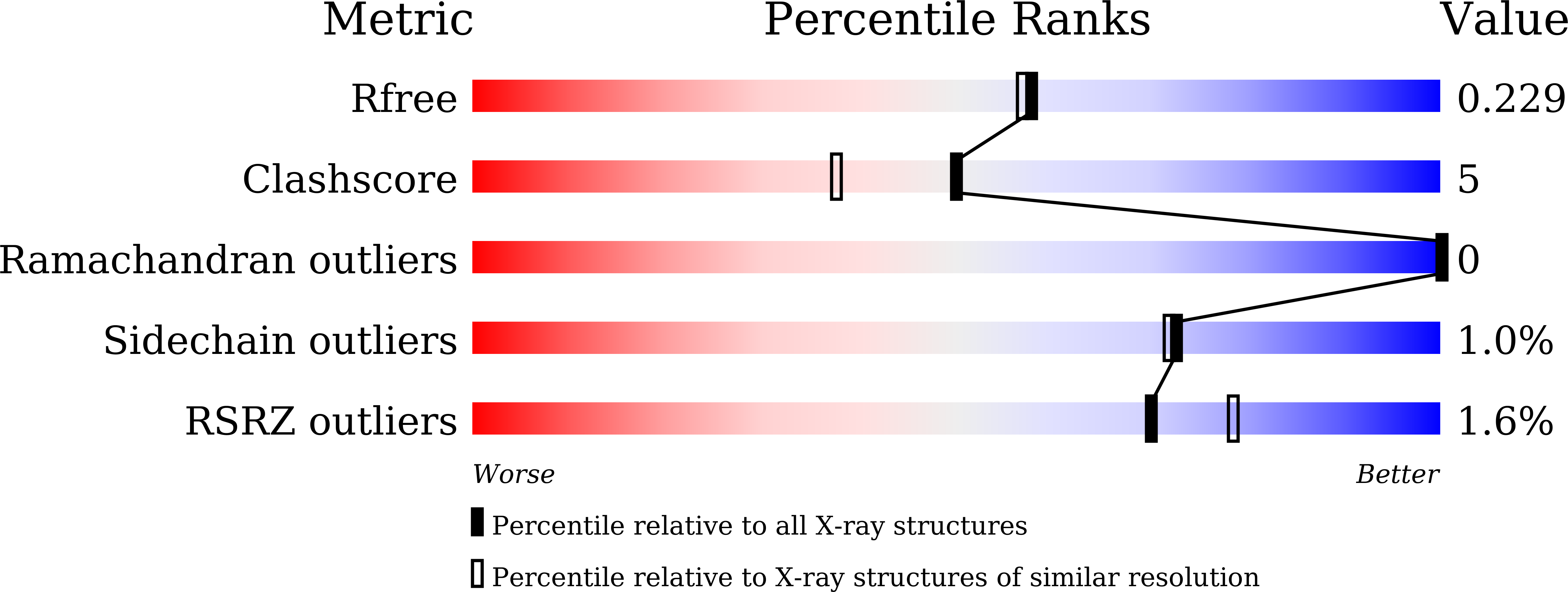
Deposition Date
2024-07-29
Release Date
2024-09-04
Last Version Date
2025-09-10
Entry Detail
Biological Source:
Method Details:
Experimental Method:
Resolution:
1.97 Å
R-Value Free:
0.23
R-Value Work:
0.19
R-Value Observed:
0.19
Space Group:
P 1 21 1


